There are a number of kayak design factors that go into selecting deciding how to choose the right kayak. For starters, there are crossroads when it comes to getting a hardshell vs a portable one, a sit-on-top vs a sit-inside, or a paddle vs a pedal kayak.
If you're still mulling over these initial decisions then you might want to start with some videos I've put up recently that go deeper down those wells (click here and here). From there, you'll want to consider some of the finer details, such as length, width, hull design, and other things of that nature.
And that's what we're going to focus on today. Don't be deterred if you're just getting started on your new kayak quest. This information will still be relevant to you. This will all come into play when making your ultimate decision.
What difference does the length of a kayak make?
The length of a kayak can impact speed, trackability (i.e. its ability to hold a course), and portability. As a general rule, a longer kayak is going to be faster, and it's going to track better, but it's also going to be more difficult to transport, since it's inherently more cumbersome to lug around.
How to Choose the Right Kayak
The length of the kayak is a metrics used to classify distinct categories. A few of the standards (though there are others that exist) are recreational kayaks, which are generally between 9 – 13 feet, touring kayaks, which are more so in the 12 – 15 foot range, and then sea kayaks are typically between 15 – 18 feet in length.
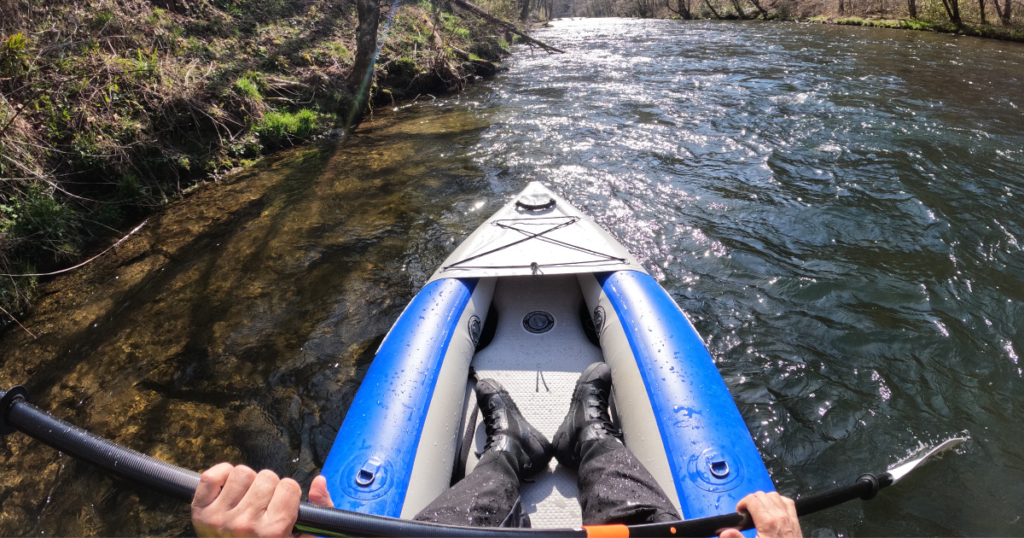
How wide should a kayak be?
The width of a kayak will again influence its speed, but also its stability. Generally speaking, the wider a kayak is, the more stable it is, but speed suffers as a consequence. The narrower a kayak is, the faster it will be, but the easier it will flip. The width also helps determine the recreational/touring/sea kayak breakdown. Recreational kayaks are typically 28 inches or wider; touring models range from 23 – 28 inches, and then sea kayaks measure in at a lean and mean 21 – 24 inches wide.
Time for our semi-regular side-note on safety!
If you've been following along with our PaddleTV scene then hopefully you've heard me talk about the free online paddling safety course, and have had a chance to check it out. The free online paddling safety course is put on by the American Canoe Association and the U.S. Coast Guard. Paddling of any kind is generally a safe activity, but things can take an unexpected turn. When that happens, a little bit of know-how can make a huge difference. Check this course out to make sure you know how to navigate all potential scenarios.
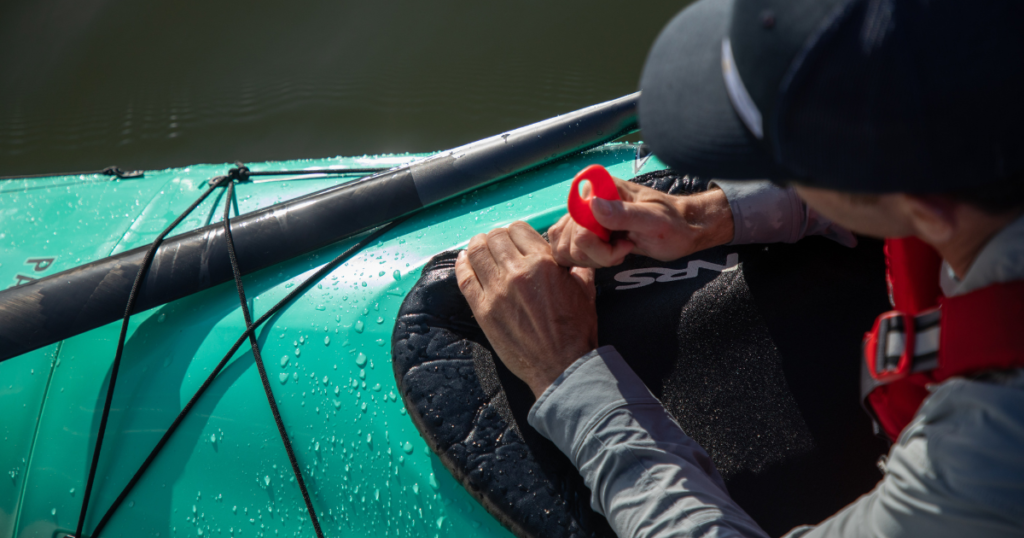
What type of hull is best for a kayak?
The design of kayak's hull has a huge impact on its performance. For simplicity sake, I'll go into each hull type on its own, but just know that a lot of companies have hybrid designs, which aim to bring out the best of both worlds.
Contrary to popular belief, the bow and stern aren't necessarily representative of the type of hull a kayak has. The thing you want to pay most attention to is the large, central part of the kayak – underneath where you're sitting, as well as the area just behind you. The bow design deserves its own, separate consideration, and we'll get there in a second.
Flat hull kayak design
If you're in the market for a recreational kayak that is as stable as possible, then you'll be looking for something with a flat hull. With this approach, the trade-off for that solid platform is something that creates a lot of drag, and therefore slows things down significantly. It's also important to understand that flat hulls offer a ton of primary stability (i.e. how the kayak feels when you're sitting flat), but not much in the way of secondary stability (i.e. how stable things are when holding an edge). The reason for this is that the boat doesn't want to even shift into a compromised position. It just wants to sit there nice and flat, free from any chance of tipping.
Kayak on its edge
And why would you want to rock a kayak on its edges? Well, that's a key position for rougher conditions (i.e. dealing with waves, current, etc). If that's your goal, steer clear of flat hulls. The notable exception is flat-hulls on whitewater kayaks – but that's a different story for another day.
Not perfectly flat
You'll notice if you examine a flat hull that it's rarely perfectly flat. Oftentimes there are channels or grooves. There's an argument to be made that these channels help the kayak track better. More importantly, the channels increase its structural integrity. These little waves help boost the rigidity along its length. This prevents the bottom from getting warped over time.
Round hull kayak design
Next up, we have to look at round, or roundish, hulls (very few kayaks have perfectly round hulls). The benefit of a mostly-round hull is that you gain speed and secondary stability, but in exchange for giving up some primary stability. This design is common amongst sea kayaks, since it gives the versatility needed in rough waters.
V-hull kayak design
The third type of hull to note is the V-hull. In the case of some V-hulls, the bow and stern actually are factored into the mix. This design is all about maximizing speed, tracking, and secondary stability, once again at the expense of primary stability. A kayak with a V-hull will not want to sit flat. Instead, it will want to lock-in while on edge, and cut through that water nice and efficiently.
Pontoon style kayak design
A relatively newer hull design is the pontoon style. These are similar to flat hulls in that they produce excellent primary stability, but they also track more efficiently, which means they are consequently a little faster than their flat counterparts. Pontoon hulls also handle chop a bit better, since they don't get bounced around as aggressively. Just be aware that I'm only referring to modest conditions. Since a pontoon hull doesn't produce much secondary stability, it's still not meant for full-on rough conditions.
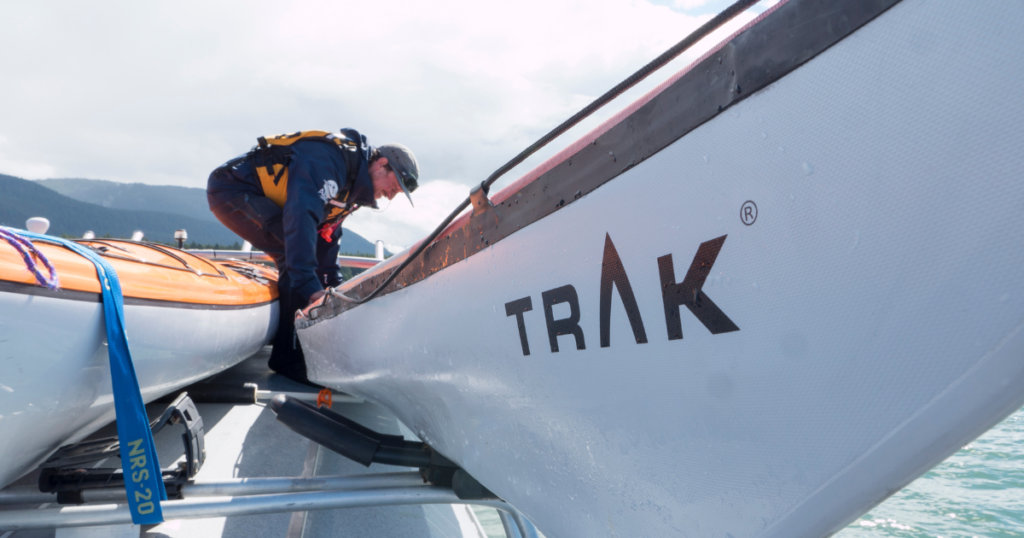
What is the bow of a kayak?
The bow, or the front section of a kayak, also plays a pivotal role in performance. For example, a V-shaped bow is excellent for slicing through the water, and helping the boat track. Sometimes what you'll see is a v-bow on a rounded-hull. This is because it's the central part of the kayak, not the ends, that impacts the kayak's stability and edge control. So this is one of those best-of-both-worlds approaches that seeks to improve all-round performance.
Flat bow SUP design and inflatable kayaks
You will also come across flat bows, particularly in inflatable kayaks and stand-up paddleboards. This bow shape isn't designed to be slicey, it's designed for maneuverability. As you can imagine, this does not put them in the speed-demon category since with every stroke you take, the bow wants to turn with that momentum.
Flat bow kayak design means flatwater
This is why you'll often see skegs/fins on the back of boats/boards with flat bows. These help the craft go in at least a somewhat straight line. A flat bow also bounces along in choppy conditions, since it doesn't have the ability to cut through those waves. A flat bow kayak design is meant purely for flatwater kayaking.
What does the top of the bow do in the kayak?
Some kayaks have flat, wide bow tops, while others have narrow, rounded designs. These shapes respond differently when hit by bigger waves. The former will take the brunt of the water, which as you can probably imagine, will cause it to rush into the cockpit and perhaps swamp the kayak. Whereas on the flat, narrow top, that water will simply shed off without making a fuss. So the theme continues: it depends on what conditions you expect to paddle in.
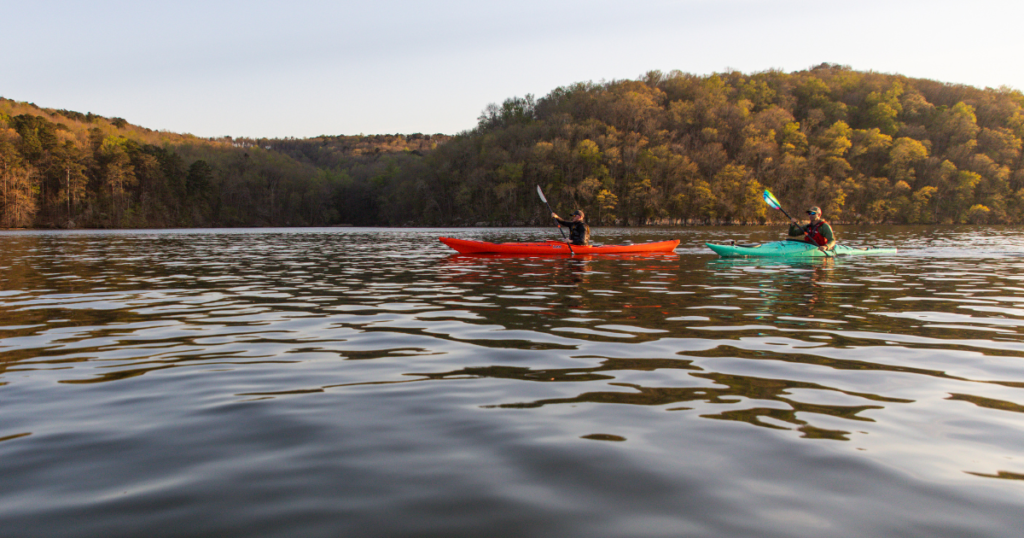
Does the color of a kayak matter?
A lot of people don't realize that color is actually one of the most important details of a kayak. Boats with red, orange, or yellow pigment are less dense, and therefore more stable, while blue, green, and black kayaks…I can't even finish typing this.
I'm totally just making this up, but I bet I had you going for a second! Color, other than boosting visibility, is just a fun personal preference that can be decided on after all these other criteria are addressed.
Shout out to our sponsor GearLab Outdoor
One of the cool gear-reviews I got to do recently was for the GearLab Outdoor Greenland paddle. Once you've decided on which type of kayak you're going to get, and the best specs for your own adventure, you'll then want to think about what paddle suits your style. The cool thing about Greenland paddles is that, once you get the technique figured out, they spread the load from each stroke over a greater surface area. This reduces the strain on the body, especially on a longer trip. If you want to learn more, check out the review I just did for GearLab Outdoor's IPIK paddle.
Subscribe to Our Newsletter
That's a lot of information to take in today. Aside from reading up a bit, one of the best things you can do to feel confident in your kayak choice is to pay a visit to your local paddling shop. They'll be able to go through all of this with you, and point you in the right direction based on your wants/needs. In the meantime, subscribe to our newsletter for more paddling inspiration and examples of what to look for when choosing the right kayak.



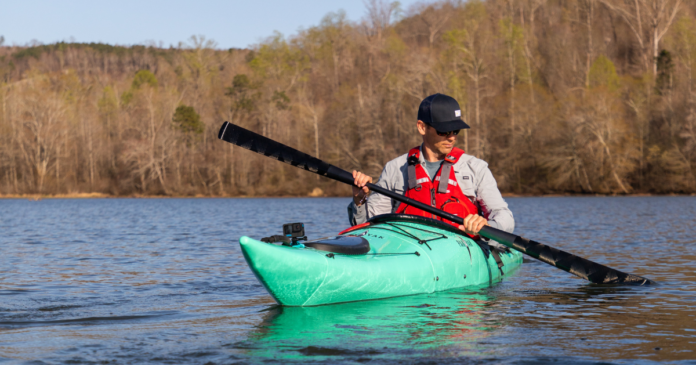
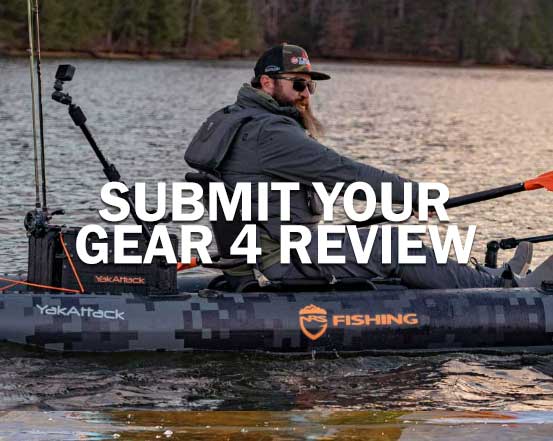

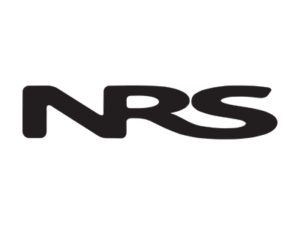
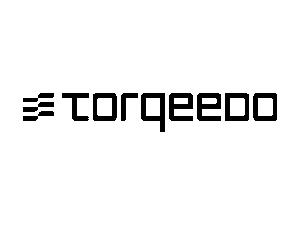



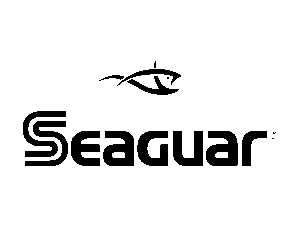
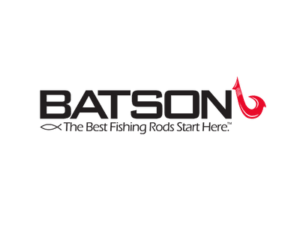



I would actually argue that color does make a difference. In the middle of the summer on a sunny day, a darker color will absorb the heat and can get quite hot. As a guy with bad knees, I need to straddle my sit-on-top kayak and slide it forward until I’m over the seat to get in (and vice versa to get out). It can be quite painful in July if I’ve been the in the sun for a while.